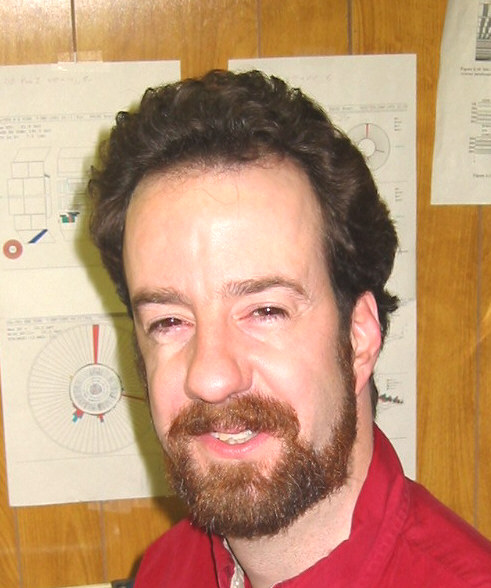Welcome to Robert Kehoe's Homepage

Professor of Physics
Michigan State University: Research Associate, High Energy Physics
University of Michigan: Research Fellow, Astrophysics
University of Notre Dame: Ph.D., High Energy Physics
Earlham College: B.A., Physics
Contact Information
Department of Physics
Rm. 113 Fondren Science Bldg.
Southern Methodist University
phone: (214) 768-1793
email: kehoe@physics.smu.edu
Research Interests
Prof. Kehoe’s current research interest is to utilize multiple techniques to establish cosmic distance scales to reveal the nature of the accelerating expansion of the universe. This expansion, propelled by some unknown force or field, is termed ‘dark energy’. The existence of dark energy was hinted at over 100 years ago, but clear evidence arose only 25 years ago with the study of supernovae (SNe) of Type Ia. The revolution in precision cosmology in the last 15 years has shown us that most of the universe consists of dark energy. Prof. Kehoe and his colleagues operate sophisticated robotically-enabled, wide-field telescopes. The Dark Energy Spectroscopic Instrument (DESI) telescope, in particular, is a robotically fiber-fed multiplexed spectroscopic device used to precisely measure the expansion history of the universe over the last 10 or more billion years. By measuring the large-scale clustering of millions of galaxies, we are able to observe this history. Kehoe is a Principal Investigator on DESI currently focused on understanding how to accurately model galaxies in the larger, calculable dark matter halos using constraints from galaxy observations.
More broadly, Prof. Kehoe has pursued a research program in astrophysics and particle physics with an emphasis on understanding fundamental processes in nature. He continues to lead a program studying core collapse SNe in an effort to measure cosmic expansion in the local universe. He was a PI at SMU on the D0 experiment at Fermilab for many years of the most sensitive measurement of the top quark mass in the dilepton channel, a key parameter of the standard model of electroweak physics. As a long-time member of the ATLAS experiment at LHC, he also contributed directly to the discovery and measurement of the Higgs boson in the WW decay mode. Earlier postdoctoral study was in the area of top quark cross section and mass measurement at D0. His initial postdoctoral work included co-development of the robotic telescope and search for gamma-ray burst (GRB) optical counterparts for ROTSE-I, a pioneer in robotic astronomy and the first telescope to discover and measure prompt optical emission from GRBs in 1999. Kehoe obtained his Ph.D. for his contributions to the discovery (in 1995) and early measurement of the top quark with the D0 experiment at Fermilab.